This article has been contributed by Jenny Richard.
We all wish we had more time to finish our daily workload, but the fact is, you can never have enough time at work, especially when your inbox is always full.

Email management is one of the most time consuming tasks. It is also strenuous and sometimes quite boring. However, even with these downsides, the usefulness of email as a communication tool at work cannot be understated. What you remain to do then, is to learn to manage your emails so that you stay productive throughout the day.
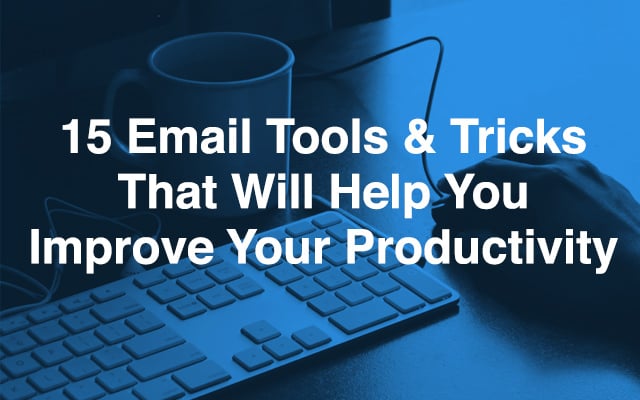
There are a few handy tools (hacks, if you may) that can assist to make your email management easier. These tools and tricks fall in three broad categories and they include:
A. Restrict
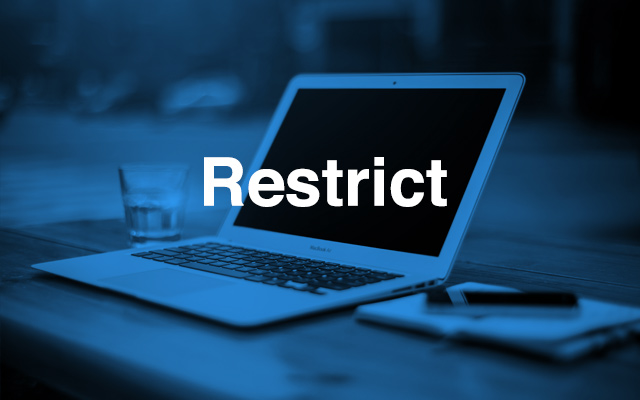
One of the easiest ways to manage your emails is to control your actions on new emails. You can do so as follows:
1. Restrict email response to certain times
To avoid spending your whole day reading countless emails, you can use add-ons like Leech Block on Firefox, or Stay Focused on Chrome, to restrict access to your inbox to certain times a day. When you set your schedule, and stick to it, you will find that you are getting through a lot more work within a few hours.
You should also remember to disable all notifications on all your gadgets, so that they don’t distract you.
2. Work with time limits
Besides just creating a schedule for reading your emails, you should also limit the time you take attending to your emails.
Using a Chrome add-on such as Time Warp will help to stick to your time restrictions. Time Warp is great because when your set time limit for the day has elapsed, it will not allow you to access your inbox again, but will always redirect you to your documents in Google docs.
A reasonable time for attending to emails is between 1 hour and 2 hours.
3. Unsubscribe from unnecessary services
Nowadays, everyone wants you to subscribe to newsletter service or such other email subscription. If you notice that you never read any of these subscriptions, you should unsubscribe because they are only adding clutter to your inbox.
When you stop getting too many subscription emails, you will notice all your important emails a lot easier. Use Unroll.me to clean up your email subscriptions.
4. Send short replies
Don’t waste time sending lengthy email replies. Take some time to think about one to three lines that will summarize all the important points you want to pass across. This will save you and the recipient a lot of time.
5. Take time to respond
Do not be hasty with your email replies. When you take time to reply to emails, you will often measure your replies. You will also address all the points raised by the sender.
When you respond immediately, you are likely to get caught up in a long chain of received and sent emails, and this will only waste your time.
6. Avoid sending unnecessary emails
Do not hold conversations on email, such as discussions on planned meetings, as they often tend to be open-ended and will result in long emails.
Walk to your colleague’s desk and agree on a suitable meeting time or use a messaging app, then when you both agree, you can send one email to book a meeting.
7. Clear your inbox daily
If you work within deadlines, you can clear all your emails in your inbox at the end of each day and at the end of each week.
All you need to do is to prioritize. Reply to all those emails you deem urgent and archive or delete the rest. If you start your day with yesterday’s backlog, you will get overwhelmed before the week is over.
B. Automate
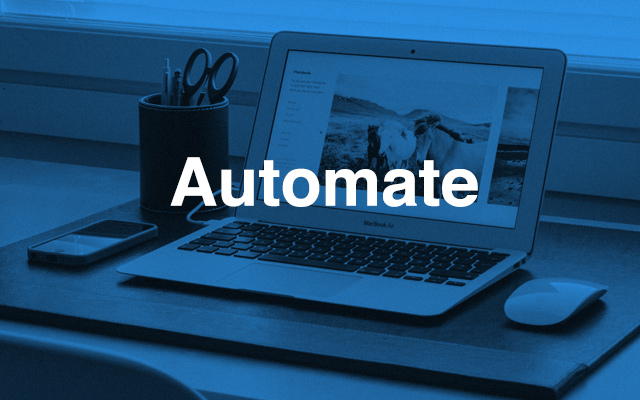
Another aspect of email management involves building processes that will allow you to act on tasks originating from your inbox a lot faster. To do this, you have to automate your mail process.
8. Recycle your responses
If you find that some of the emails in your inbox are similar on a large extent, reply to them using responses you have already sent to the other almost similar emails.
You could save a couple of minutes per email in this way.
9. Use auto-respond
Customize automatic responses that you can send for different types of emails. A good auto-responder to use is one informing the sender of when they can expect a response from you. This will ease off any unnecessary pressure.
10. Sort emails into folders
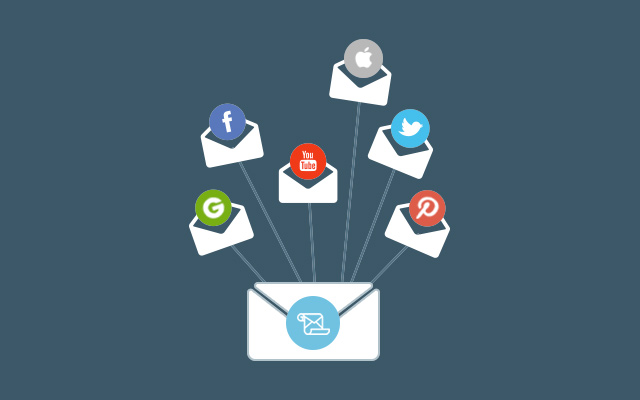
All the emails that you get will fall into these groups:
- Emails that do not need you to act on them
- Emails that require a response
- Emails that require a response and action
You can move these three categories in different folders to better prioritize the last 2 categories. Also, set up filters that will sort your email by content, subject line and sender.
Also check out Grab App to transform Google into organized lists.
11. Track emails that have been opened
If you are sending cold emails and you want to know whether your prospects have read them, you can use software such as bananatag to help you decide which prospects to pursue more aggressively and which ones to de-prioritize.
12. Automate your follow up process
There are tools, such as followup.cc, that will automate all your follow-up tasks. If you don’t automate, you are bound to forget about important projects.
13. Incorporate email with other software
A tool like Zapier can help you to better track emails related to projects, by integrating your emails to other software that you use for your work, such as project management tools, Evernote and others. This way, your less important emails will not crowd other emails.
C. Eliminate
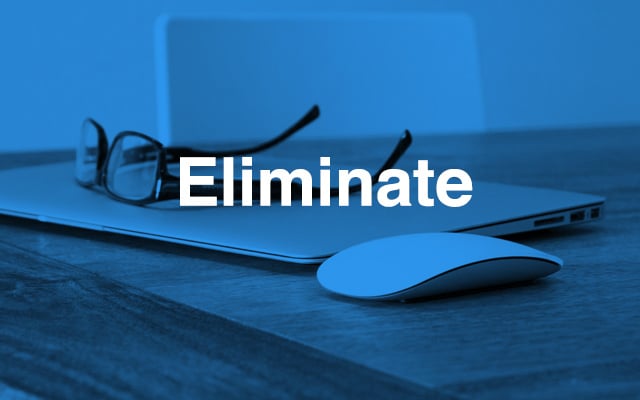
Another way of managing your inbox is by cutting out email completely. You can do so in the following ways:
14. Outsource
You can hire a virtual assistant to attend to your emails, so that you get more time to focus on other important tasks.
15. Use other communication tools
You can substitute email with apps like WhatsApp or Slack as such are more streamlined and elicit faster responses.
In conclusion
Email is important but if it begins to take over your day, you can do a lot to change the way you work.
It is not unheard of for people to cut off email completely. Sometimes other forms of communication can be more efficient and you should embrace them.
—
Author bio: Jenny Richard is a writer and database expert at http://remotedba.com/. She works at a Remote DBA Expert firm. She likes to share knowledge and points of view with others.
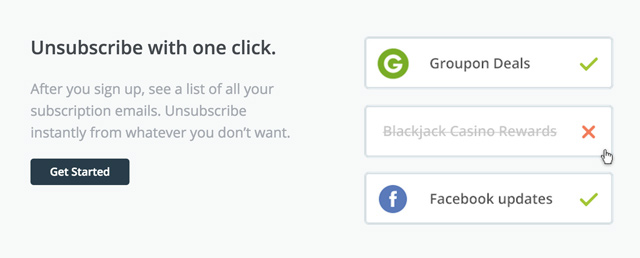
Very useful tips and tricks for people who frequently use emails. I particularly like the “Automate” section you’ve discussed. I’ve enabled the experimental feature of Canned Responses in Gmail, and it works like a charm. It’s useful for broad marketing campaign, and reaching out to others.
Great post and thank you for sharing
Excellent article, Jenny. I’m sure that following these tips will stop emails from draining away your percious time. Thanks, Niraj (Founder at grexit.com)
Great tips. I spend a lot of my time going through emails. I’ve a separate email address for all subscrptions to keep the junk away from my primary inbox.
Very nice points Jenny, Leech Box seems to be something every body must employ, as it would force us to be judicious with our time while responding to emails. I also agree with your tip that we must regularly clean our inbox otherwise number of our unread and unreplied emails will grow to the size of a mamoth and may even cause collapse of our inbox.
Hey
I think this article will help everyone but can you tell me how to Automate our follow ups??
Siddhant,
Maybe check out FollowUpThen.com – I use them for followups however not totally sure about automation.
Thank you so much.
I will sure check this out
Thanx for it.. sharing Email tools and tips..
I’ve tried just about everything to manage email efficiently, so far the best method is what you talk about in #7 – clearing out your inbox daily. I’ve always called this ’email zen’ because a clear inbox is so calming. But… the hardest part to doing it is actually doing it, I still find it difficult to archive emails from my inbox ‘just in case’ in I need them. But great article overall!
Great piece!
Great post, really informing. Thanks alot for sharing. You just made life easier for me.
Hey, great article – managing email is truly a pain for many of us. Which is why I’d like to recommend our tool that helps people regain control over their inboxes – Sugester (sugester.com). Hope you don’t mind the shameless plug 🙂
Thank you Jenny for sharing this unique article about email tools and tricks that will help you improve your productivity. I had got much help from this article. I can share this information with my friends and colleagues. Remote dba services will be helpful to get more information about this topic. Overall the article is nice. I had read your many articles and they were useful to me, so keep posting more unique articles. Well done.
Great work”” “The ABC of Email Management: 15 Email Tools and Tricks That Will Help You Improve Your Productivity” Extremely pleasant focuses Jenny, Leech Box is by all accounts something each body must utilize, as it would drive us to be sensible with our time while reacting to messages. I likewise concur with your tip that we should consistently clean our inbox generally number of our new and unreplied messages will develop to the measure of a mamoth and might even bring about breakdown of our inbox.
Thank for this post..
I learnt some tricks on email management